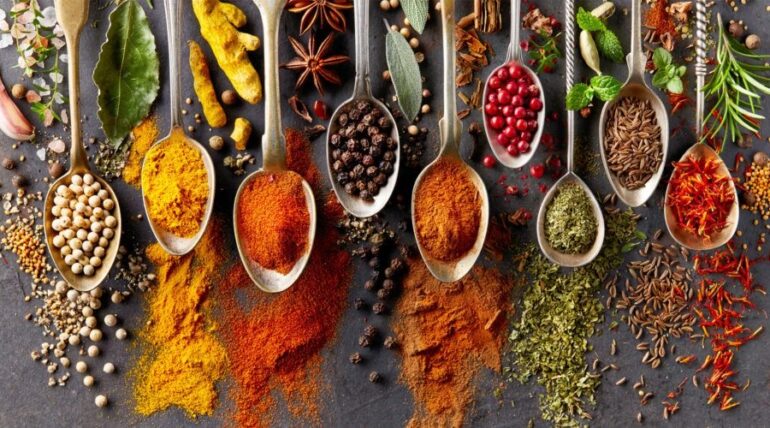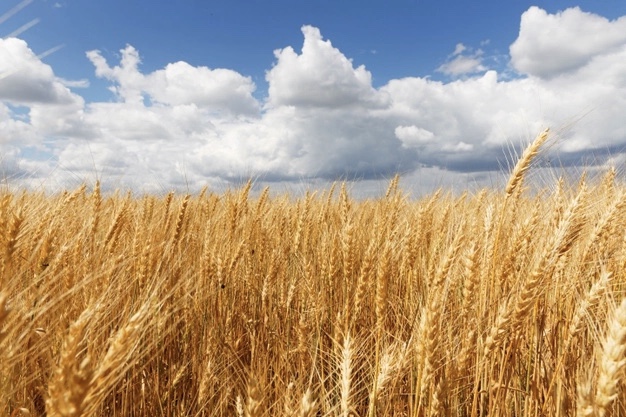PREVENTIVE MEASURES AGAINST COVID
COVID-19 has brought this world to its knees,despite of large progress within the scientific realm. Since March 2020, our fast- paced lives has come to an unexpected halt. With the results of the virus still growing deadly , the world is experiencing an uncommon lifestyle- far from offices, colleges and friends;all being locked at home. This virus has affected everybody regardless of their social and financial status. Never has humanity faced such tough times together.
How has this affected us emotionally ? What are the challenges that we have to face currently ?
Confinement to the house and psychological distress due to the coronavirus disease (COVID-19) pandemic could result in harmful health behaviors, like hyper reactive, unruly behavior with reduced physical activity, a lot of alcohol and tobacco use and exaggerated screen time causing impaired sleep. All of those behaviours are related to non-communicable diseases and might interfere with immunity.
While no foods, single nutrients or dietary supplements are capable of preventing infection with COVID-19, a diet containing decent amounts of macronutrients and various micronutrients may be good on the immune system. Most serious factors of COVID-19, high-energy Western diets and obesity risking major effects on the body.
Therefore, it is important to have preventive steps like population-wide weight management, reduction in smoking rates and restriction of alcohol intake. Additionally, for adequate immune, decent restorative sleep is needed.
Reasonable changes in the lifestyle with respect to diet, exercise, sleep, smoking and alcohol intake will facilitate shift the distribution of infection risk among the population and facilitate stop severe COVID-19 disease . Large-scale surveys will investigate the influence of knowledge and supply people and communities with correct mode information and victorious interventions throughout the pandemic has become a necessity.
Good health is the key to human happiness and well-being that contributes considerably to prosperity and wealth and even economic progress, as healthy populations area unit a lot of productive, save more and live longer.
For a healthy life cycle, you will need a healthy and diet, hygiene habits, having a clean shelter and enough sleep.
In addition, you may ought to participate in physical activities, weight management, and stress relief activities.
There is a relationship between your diet, physical activity, and health. Your nutrition is the key player once it involves physical, mental, and social well-being. And it is important for preventing this evil virus.
One must always head robust to themselves and their family and should follow all the government rules in admits of this pandemic. One can look after their mental and physical health to make sure we are as physically healthy as we can be.




